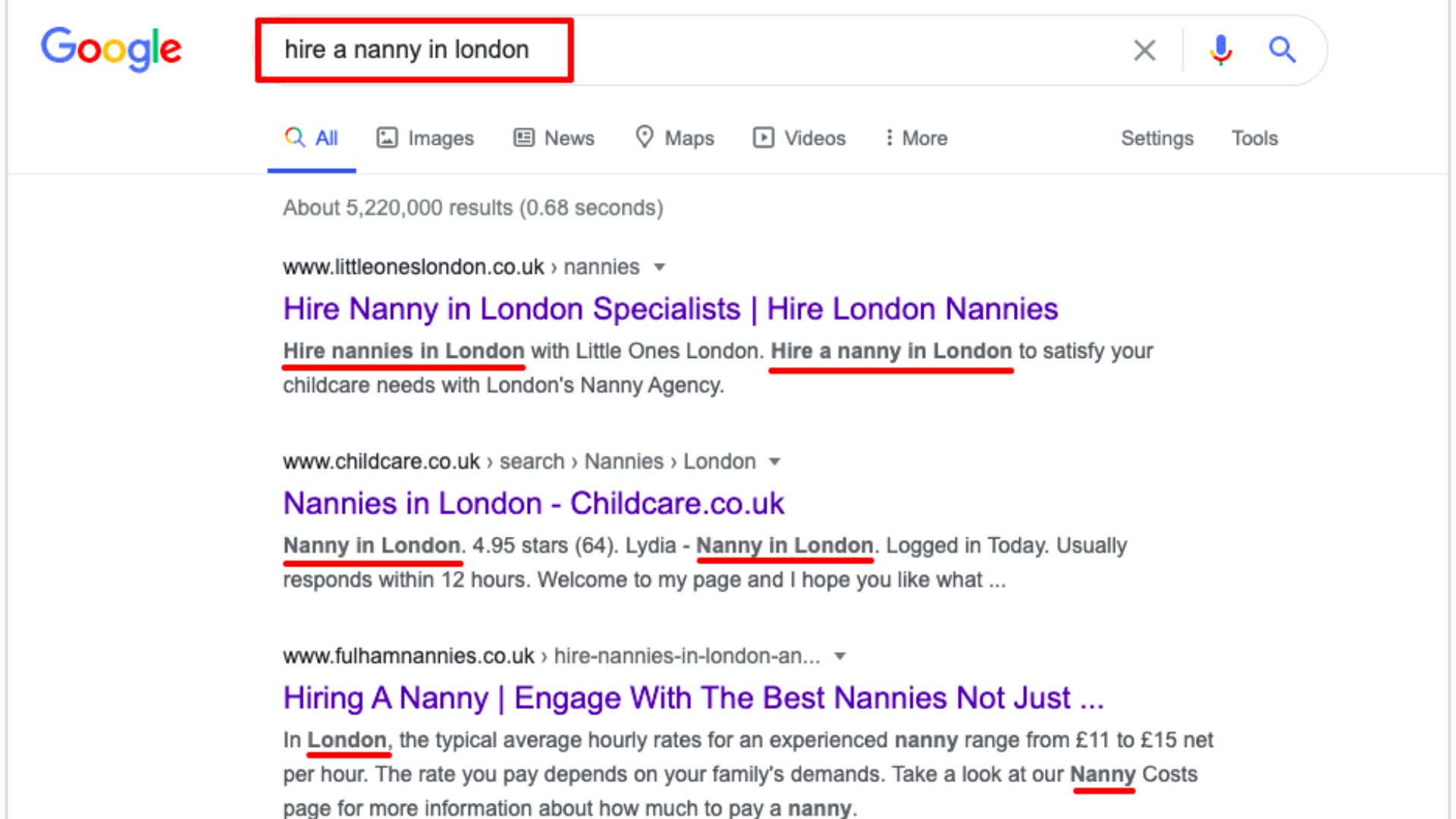In today’s digital landscape, where mobile usage continues to grow rapidly, designing a mobile-friendly website is essential. With more users accessing the internet via mobile devices, it’s crucial to prioritize mobile-first web design. Here are some key considerations for designing a mobile-friendly website:
- Responsive design: Embrace responsive web design, where your website automatically adjusts and adapts to different screen sizes and resolutions. This ensures that your website looks and functions optimally on mobile devices, tablets, and desktops, offering a consistent user experience across all platforms.
- Simplified and streamlined layout: Mobile screens have limited space, so it’s vital to declutter your design and prioritize the most important content. Simplify the navigation menu, prioritize key information, and minimize unnecessary elements. Use concise and clear messaging to make it easier for users to navigate and find what they need quickly.
- Mobile-friendly navigation: Optimize your website’s navigation for mobile users. Consider using hamburger menus, sliding menus, or collapsible sections to save screen real estate. Ensure that the menu and navigation are easily accessible and intuitive, allowing users to navigate seamlessly on smaller screens.
- Touch-friendly elements: Design your website with touch in mind. Make buttons and interactive elements large enough to accommodate finger taps without accidental clicks. Provide ample spacing between clickable elements to avoid user frustration. Incorporate touch-friendly gestures, such as swiping or pinch-to-zoom, where appropriate.
- Fast loading times: Mobile users often have limited data plans and slower internet connections. Focus on optimizing your website’s loading speed to provide a smooth browsing experience. Compress images, utilize caching, and minimize HTTP requests to reduce loading times on mobile devices.
- Readability and font sizes: Ensure that your website’s text is easily readable on smaller screens. Use legible fonts and adjust font sizes to accommodate varying screen sizes. Opt for a contrasting color scheme between text and background to enhance readability, especially in bright lighting conditions.
- Mobile-friendly forms: Simplify and streamline forms for mobile users. Reduce the number of input fields, use auto-fill or drop-down options where possible, and minimize the need for typing. Make sure the form fields are large enough for easy input and consider incorporating intelligent error handling for a better user experience.
- Testing and optimization: Regularly test your mobile design across various devices, screen sizes, and operating systems to ensure a consistent experience for all users. Gather feedback, analyze user behavior, and make iterative improvements based on data.
Designing a mobile-friendly website is no longer an option but a necessity for businesses seeking to provide the best user experience. By prioritizing mobile-first web design, you can cater to the needs of mobile users, increase engagement, improve conversions, and stay ahead in an increasingly mobile-dominated world.










